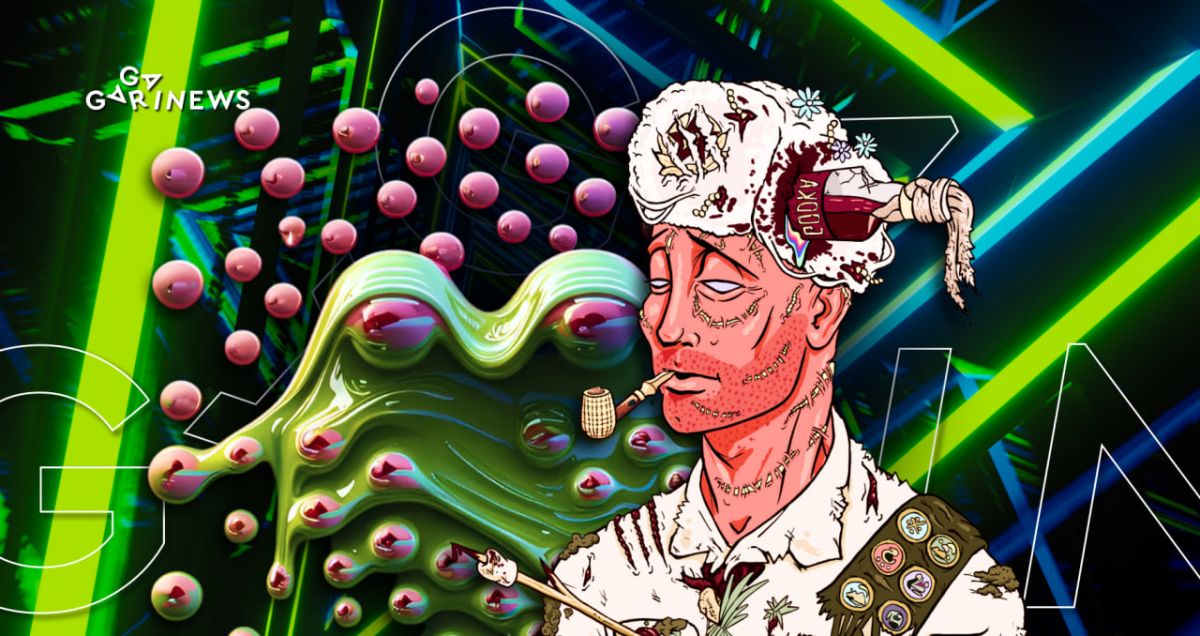NFTs on Bitcoin: What Are They and How Do They Work?

The Ordinals protocol makes it possible to use NFTs on the Bitcoin blockchain.
On this page
Creating NFTs on the Bitcoin blockchain was once thought impossible due to the lack of smart contract support. But thanks to three key updates, NFT technology integration into Bitcoin is now possible:
● Op_return. It allows for the recording of third-party information, or inscriptions, into the blockchain network;
● Taproot. 15th November 2021 marked a major update to the Bitcoin network. It brought transaction data size reduction, increased network throughput, unlocked several smart contract features, and enhanced Op_Return.
● Ordinals. A special protocol capable of assigning a sequential number to every satoshi (the smallest fraction of a bitcoin, equal to 0.00000001 BTC), attaching information, and assigning a specific value.
By combining these three solutions, we can record information (Op_Return) and attach it to specific satoshi via Ordinals. And with Taproot, we can do more than just write text – we can embed entire files and images up to 400 KB in size!
It's important to note the difference between Bitcoin-based NFTs and standard NFTs. When creating an NFT through a smart contract, its data is stored in the cloud or on servers. This means that the token itself contains an address where NFT information is kept. For example, when adding an image to an NFT created on OpenSea, the wallet will pull the image from the marketplace's cloud storage.
Adding an image to your NFT on OpenSea
When it comes to NFTs on Bitcoin, the game is played differently. Instead of storing token data in the cloud or on servers, the information is added directly to the Bitcoin blockchain itself. This means that every satoshi can now hold information recorded on the blockchain. However, the satoshi still retains its properties, and can be spent, sent, or used to pay for transaction fees just like before. That's why NFTs on Bitcoin are not really NFTs at all. To capture this unique system, some people use terms like “Ordinals” or “Artifacts” instead of the standard NFT moniker.
To avoid the nightmare of accidentally sending your prized NFT off to the commission abyss, you'll need some specialized software:
● Ord Wallet. An add-on to the Bitcoin Core wallet that supports Taproot and allows you to track your satoshis. To use this wallet, you'll need to set up a full Bitcoin node on your device;
● Sparrow wallet. A user-friendly option for NFT on BTC, as it does not require Bitcoin nodes to be set up. However, this convenience comes with a tradeoff: it does not offer custom inscriptions;
● Ordinals Wallet — A feature-packed wallet for managing NFTs on Bitcoin. It offers a variety of functions, including the ability to create a storage vault, basic Bitcoin wallet tools, and browse certain collections.
Collections page in the Ordinals Wallet.
In addition, social media platforms for Ordinals offer a wealth of information about NFTs, including the ability to buy and sell them.
How to create your own NFT on Bitcoin?
■ Via a full Bitcoin node and the Ord Wallet.
■ Gamma. An application that allows you to attach information to your NFT and once you mint the asset, it is sent directly to your wallet.
■ Ordinals Bot. The same functionality as Gamma..
Gamma is not only a tool for attaching information to your NFTs but also serves as a prototype NFT marketplace, where you can trade your ordinals. This is much easier than conducting transactions with people directly through OTC or Telegram groups.
Ordinals collections grid on Gamma marketplace
How to transfer your ordinal (NFT)?
● Via a full Bitcoin node and the Ord Wallet.
● Emblem storage is another way. This innovative project allows you to create Ethereum blockchain storage with tokens from other networks. And the storage itself can be sold or transferred through an NFT marketplace. Here's how it works:
1. Users create storage on Emblem and upload their own satoshis.
2. An NFT marketplace such as OpenSea lists storage for sale.
3. A buyer purchases the entire storage with the ability to redeem the NFT and transfer the satoshis to their own Bitcoin wallet.
Thus, we have two intermediaries involved in satoshi transfers between users. The whole scheme resembles a bridge from one blockchain to another.
Benefits and drawbacks of Bitcoin-based NFTs
First, let's highlight the main advantages of unique satoshis on the BTC blockchain:
■ The birth of a dynamic and liquid market;
■ The emergence of unique satoshis on the Bitcoin blockchain has helped increase cryptocurrency popularity by providing a new avenue for its use;
■ Data security is enhanced due to the high decentralization of the BTC network. All ordinals are stored directly on the blockchain, ensuring data protection.
The main drawbacks of such NFTs are:
■ The technology behind BTC-based NFTs is complex and the infrastructure is still underdeveloped;
■ It's possible to accidentally spend satoshis without using a third-party interface.
■ There are many scams and fraudulent activities in the industry, as it is still very young;
■ еIf BTC-based NFTs become popular in the future, it could potentially overload the blockchain and significantly increase transaction time and fees.
Even if NFT technology on the Bitcoin blockchain doesn't catch on, the records that have already been created will remain on the network forever. So delving into this topic is definitely worth it – who knows what other exciting developments may arise in the future!
Interesting insights
● An NFT collection of 735 NFTs was recently sold by the renowned NFT studio Yuga Labs. An auction lasting 24 hours brought in $16.5 million for the company. The highest bid for the asset reached 7.11 BTC.
● Galaxy Research has predicted a surge in NFT market volume on the Bitcoin blockchain, with an estimated value of $4.5 billion within the next two years.
● In theory, if you accidentally spend your unique satoshi on fees, that asset could end up in the hands of a miner who receives a block reward for the new block’s first validation.
The content on The Coinomist is for informational purposes only and should not be interpreted as financial advice. While we strive to provide accurate and up-to-date information, we do not guarantee the accuracy, completeness, or reliability of any content. Neither we accept liability for any errors or omissions in the information provided or for any financial losses incurred as a result of relying on this information. Actions based on this content are at your own risk. Always do your own research and consult a professional. See our Terms, Privacy Policy, and Disclaimers for more details.





























